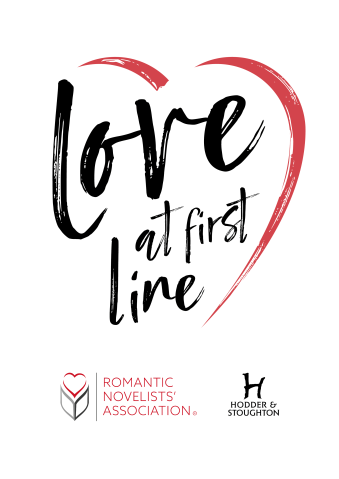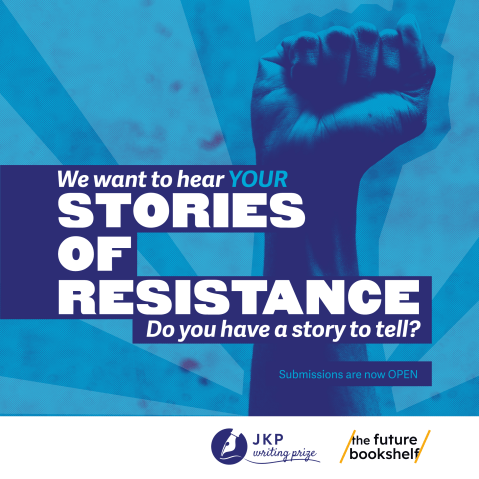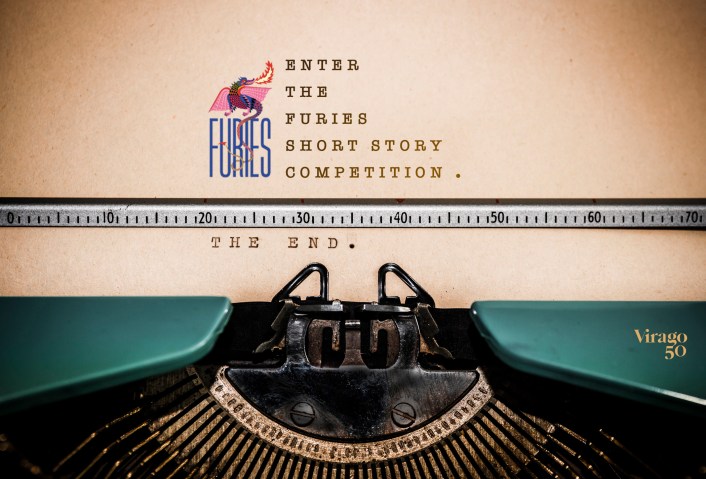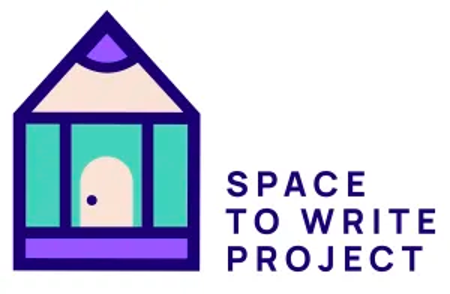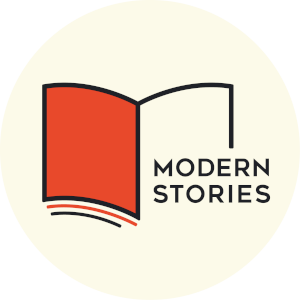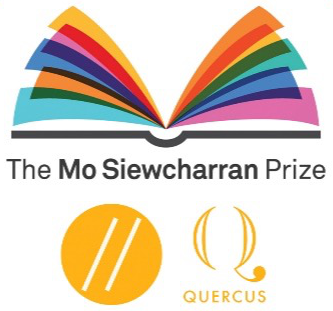‘Pick up an idea and look at it from every angle’
Science Fiction: try the swivel…
from Get Started in Writing Science Fiction and Fantasy by Adam Roberts
Science Fiction writers sometimes have to generate ideas for individual commissions, where the parameters are specified. This, however, is a particular version of a more general problem: writers have to come up with ideas.
Take a premise, a generic tag, a general idea – like a subgenre (zombie stories, vampire stories, alternative history, the alien encounter, the quest) or one of the popular props or tropes of science fiction and fantasy more generally (the time machine, the robot, the ray gun, faster-than-light travel, the magic ring, the knight-in-armour). Or, maybe, take a simple feature of the universe like its enormous size, or the fact that it is expanding, or the nature of entropy. Now make a story idea out of this.
What I’m asking you to do, in effect, is to pick up the idea (do so metaphorically: I would not advise you to try literally picking up an idea) and look at it from every angle. Hold it in your hand and turn it, swivel it, upend it.
Think of something so basic that everybody takes it for granted. Then ask: ‘What if this were the other way about?’
Here are a number of story idea exercises, derived from turning, upending and otherwise swivelling conventional SF and fantasy tropes. At all times, when considering a story idea, you should be asking yourself: What’s the dramatic potential here? Where is the conflict? You can hold that in your head by means of the following: ‘Always be asking yourself: what’s the dramatic potential here? Where is the conflict?’ This is the handy mnemonic: ABAYWTDPHWITC? (This mnemonic also doubles as a name for a villainous alien or goblin.)
We live upon a finite planet, and that planet exists within an infinite universe. This is only common sense. But what would it be like to live upon an infinite planet within a finite universe? If your initial reaction to that is to snort – impossible! – and dismiss the idea, then (a) stop snorting; it isn’t becoming and (b) think again. Christopher Priest used this simple, brilliant conceptual inversion as the basis for his 1972 novel Inverted World. You can read the novel and see how he worked out all the details and implications. Be assured: it is a masterpiece of twentieth-century science fiction.
Greg Egan wondered what the universe would look like if, instead of possessing three spatial and one temporal dimension, it possessed four fundamentally equivalent dimensions. He published the resulting ‘Orthogonal’ trilogy from 2011 to 2013.
What if gravity suddenly switched through 90 degrees? The flat earth would become an endless vertical cliff face; most people would fall off, though some might survive – but what sort of life would they live? How would they cope?
This ‘inversion’ strategy need not be limited to the content of your stories. You can play similar games with the form, too. I once wrote a novel called Yellow Blue Tibia, set in the Soviet Union and Ukraine in the 1980s. It is about UFOs, the legacy of Stalin and governmental conspiracies and all that kind of thing, and I wanted to write it as an exciting action-adventure story of the James Bond or Bourne mould. But before I started, and to try to avoid producing a sort of plastic copy of a tale that had been told a thousand times before, I made a quick mental checklist of the sorts of things that invariably appear in those sorts of spy-adventure yarns, resolving at every point to do the opposite and see how it panned out. Since the hero is generally a virile, handsome and young-ish man of action, I made my hero an elderly, frail, ugly and cranky SF writer. The heroine is generally a toothsome young lingerie model whose main pastimes are looking pretty and getting into trouble so that the hero can rescue her. Accordingly, I made my heroine a highly intelligent, morbidly obese American Scientologist visiting Moscow. That’s content, but I also thought about form. A standard action adventure will involve a succession of chase/fight action sequences, building in intensity towards a climactic bang-bang-bang conclusion. I decided, therefore, to write my novel with the big explosion (the 1986 detonation of the Chernobyl nuclear plant, with my hero inside it) in the middle of the book. The challenge then became: how to make the love story between hero and heroine feel real (which turned out to be easier than you might think); and how to be able to carry on the second half of the story after I had blown up an entire nuclear power plant with my hero inside it.
